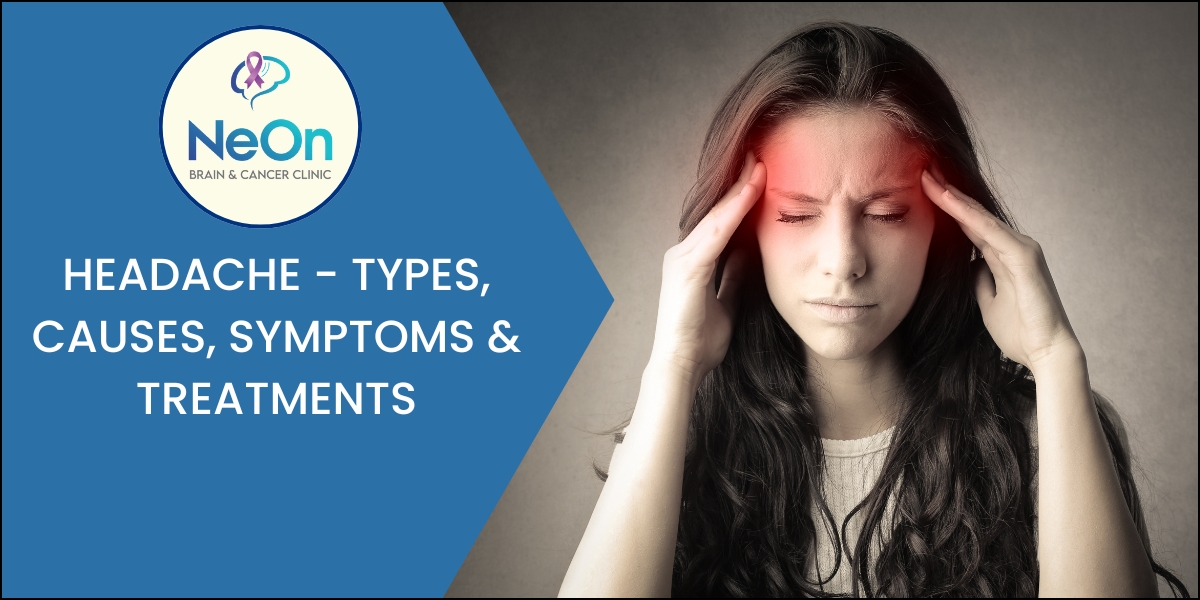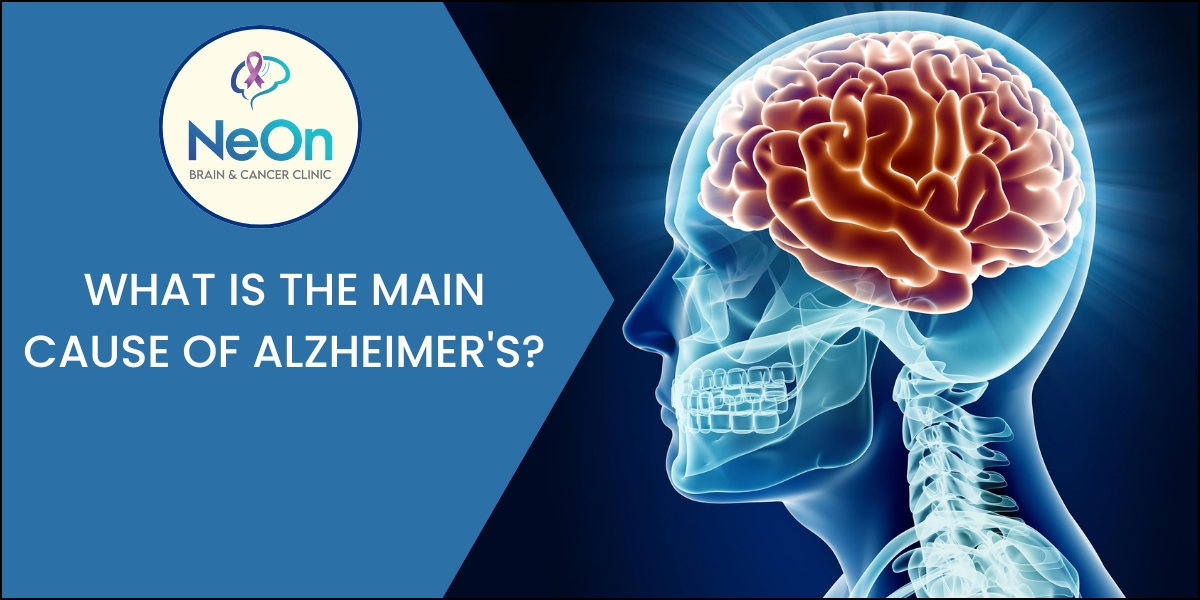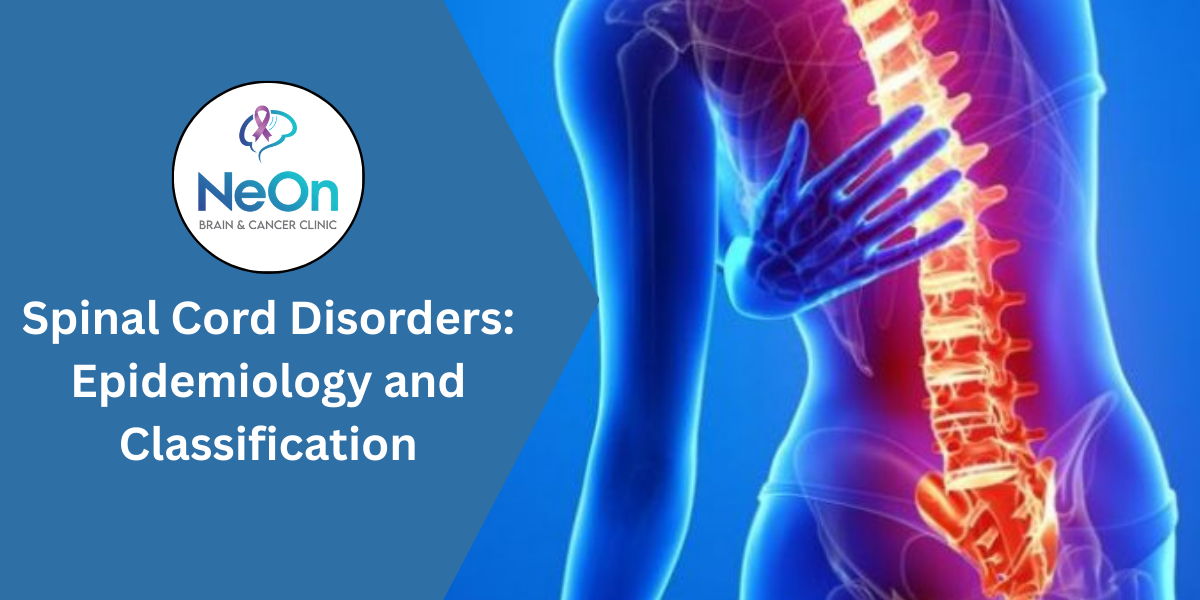That familiar, throbbing, or pressing pain in your head—a headache is one of the most common physical complaints people experience. While often dismissed as a minor inconvenience, understanding your headache is the first step toward finding effective relief. This comprehensive guide breaks down everything you need to know about headaches.
What Exactly is a Headache?
A headache is defined as pain in any region of the head. It can occur on one or both sides, be isolated to a certain location, radiate across the head, or feel like a vise is squeezing your skull. The pain can be a sharp, dull, or throbbing sensation and appear gradually or suddenly, lasting from less than an hour to several days.
The Two Main Types of Headaches
Headaches are generally categorized into two main groups: primary and secondary.
1. Primary Headaches
These are stand-alone conditions caused directly by overactivity of, or problems with, pain-sensitive structures in your head. They are not a symptom of an underlying disease. The most common primary headaches include:
- Tension Headaches: The most prevalent type, often described as a constant, band-like pressure or ache around the head, especially at the temples or back of the head and neck.
- Migraines: Typically characterized by a moderate to severe throbbing pain, usually on one side of the head. Migraines are often accompanied by nausea, vomiting, and sensitivity to light and sound.
- Cluster Headaches: These are extremely painful headaches that occur in cyclical patterns or “clusters.” They cause severe, piercing pain around or behind one eye.
2. Secondary Headaches
These are symptoms of an underlying health condition, such as:
- Sinus infections
- Dehydration
- High blood pressure
- Medication overuse
- In rare cases, more serious conditions like aneurysms or tumors.
Common Causes and Triggers
Headache triggers vary widely from person to person. Common culprits include:
- Stress: The leading trigger for tension headaches and migraines.
- Diet: Skipping meals, dehydration, or specific foods/drinks (like aged cheese, processed meats, or alcohol).
- Sleep: Lack of sleep or changes in sleep patterns.
- Environmental Factors: Bright lights, loud noises, or strong smells.
- Hormonal Changes: Especially in women, related to menstruation, pregnancy, or menopause.
Recognizing the Symptoms
Symptoms depend on the type of headache:
- Tension Headache: Dull, aching head pain; sensation of tightness across the forehead or sides and back of the head; tenderness in the scalp, neck, and shoulder muscles.
- Migraine: Throbbing pain, often on one side; nausea; blurred vision; sensitivity to light/sound/smell.
- Sinus Headache: Deep, constant pain in the cheekbones, forehead, or bridge of the nose; pain that intensifies with sudden head movement.
Effective Treatment and Management
Treatment is tailored to the headache type and severity.
- Over-the-Counter (OTC) Pain Relievers: Medications like aspirin, ibuprofen, or acetaminophen can help with occasional tension headaches.
- Lifestyle Modifications: Identifying and avoiding triggers is crucial. This includes managing stress, staying hydrated, maintaining a regular sleep schedule, and exercising.
- Prescription Medications: For chronic migraines or cluster headaches, doctors may prescribe triptans, preventive medications, or other specific drugs.
- Alternative Therapies: Acupuncture, biofeedback, and physical therapy can also provide significant relief for some individuals.
When to See a Doctor
While most headaches are harmless, you should consult a healthcare professional if your headaches are severe, frequent, or change in pattern. Seek immediate medical attention if a headache comes on suddenly and severely, is accompanied by a fever, stiff neck, confusion, or weakness.
If you are searching for lasting relief from chronic headaches, consulting a specialist is key. Dr. Sadique Pathan provides expert diagnosis and personalized care for all types of headaches. Don’t let headaches control your life. Find the best headache doctor in Hadapsar and take the first step towards a pain-free tomorrow.
Frequently Asked Questions (FAQs)
1. What are the 4 types of headaches?
The four most common types are Tension Headaches, Migraines, Cluster Headaches, and Sinus Headaches.
2. How do I know if my headache is serious?
Seek immediate help if your headache is sudden and severe (“thunderclap”), follows a head injury, is accompanied by fever, confusion, slurred speech, or weakness.
3. What is a stress headache?
A stress headache is another name for a Tension-Type Headache, caused by muscle contractions in the head and neck due to stress, anxiety, or poor posture.
4. Where is a tension headache located?
It typically feels like a tight band around the forehead or pressure at the temples and the back of the head or neck.
5. When should you worry about a headache?
Worry if it’s “the worst headache of your life,” it worsens over days, it doesn’t respond to medication, or it presents with new neurological symptoms like vision loss.


